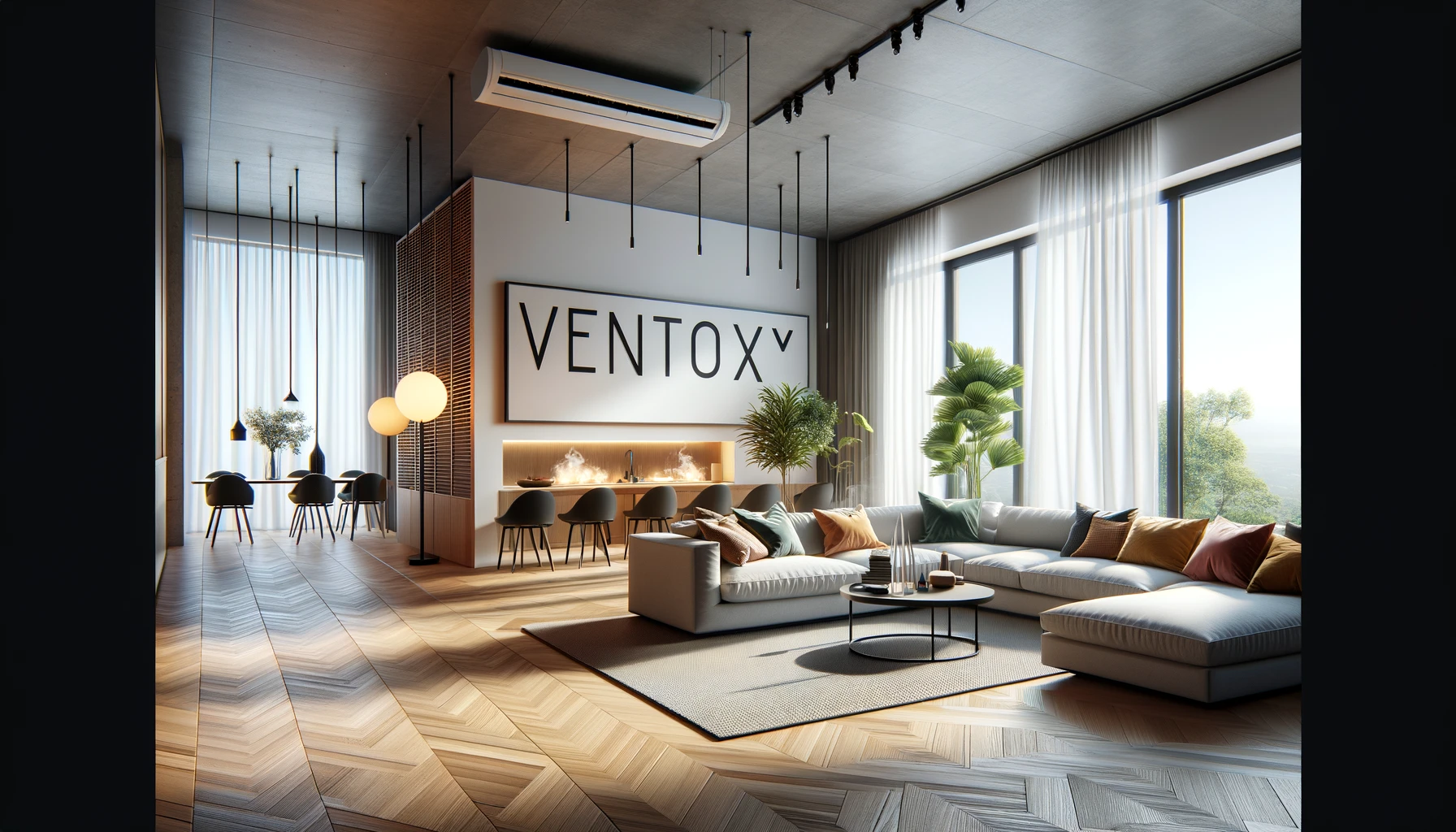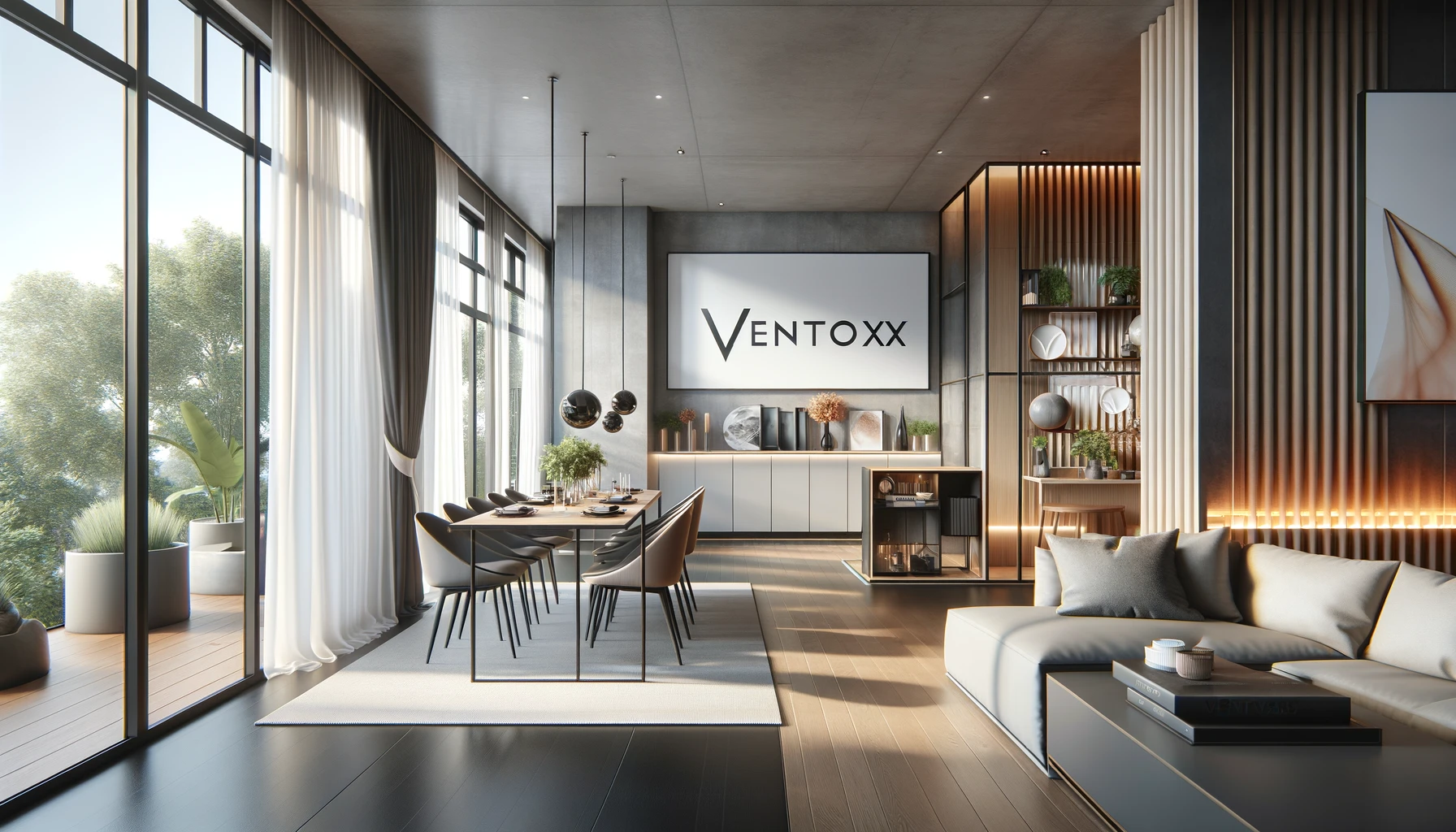The Charm of Single Floor Housing Design
In an era where vertical expansion is often seen as a marker of progress and modernity, the timeless appeal of single-floor housing design remains undeniable. Single-story homes, also known as ranch-style or bungalow homes, offer a unique blend of convenience, accessibility, and aesthetic appeal that caters to many homeowners, from young families to retirees. This article delves into the myriad benefits and design considerations that make single-floor living attractive for many.
Unparalleled Accessibility
One of the most significant advantages of single-floor housing is its inherent accessibility. Without the need to navigate stairs, these homes are ideal for seniors, individuals with mobility issues, and families with young children. The ease of movement throughout the house enhances safety and fosters a sense of independence for people of all ages and abilities.
Open Plan Living
Single-floor homes often feature open-plan layouts, which promote a sense of spaciousness and fluidity between living areas. This design philosophy not only maximizes the use of space but also facilitates social interaction and family connectivity. Natural light can flow more freely throughout the home, creating a bright, inviting atmosphere that enhances the overall living experience.
Energy Efficiency and Environmental Consideration
The compact footprint of single-story homes can contribute to greater energy efficiency. With only one level to heat or cool, these homes often require less energy to maintain comfortable living conditions, leading to lower utility bills. Single-floor designs can more easily incorporate sustainable building practices and materials, reducing their environmental impact.
Design Flexibility
Designing a single-floor home allows for various architectural styles and customization options. Single-floor homes can be tailored to suit your tastes and needs, whether you prefer a modern minimalist look, a cozy cottage aesthetic, or a traditional country feel. This flexibility also extends to outdoor living spaces, with easier integration of patios, gardens, and other outdoor features that enhance the home’s connection to nature.
Ease of Maintenance
The simplicity of single-floor living extends to the maintenance of the home. Cleaning, repairs, and renovations can be more straightforward and less time-consuming than in multi-story houses. This ease of upkeep particularly appeals to those who prefer a low-maintenance lifestyle or have limited mobility.
A Closer Connection to the Outdoors
Single-floor homes often enjoy a closer relationship with their surrounding landscape. With the ability to easily step outside from any room, these homes encourage an indoor-outdoor lifestyle that is particularly appealing in climates that favor outdoor living. Large windows and sliding doors can further blur the lines between indoor and outdoor spaces, making nature an integral part of the home.
Cost-Effective Construction and Renovation
One aspect of single-floor housing that deserves further attention is the potential for cost-effective construction and renovation. Building a single-story home can often be less complex and, by extension, less expensive than constructing a multi-level house. The foundation and roofing, two of the most significant components of construction costs, are simplified in single-floor designs. This simplicity can lead to savings in both time and money during the construction phase.
Regarding renovations, single-floor homes offer a level of flexibility that is hard to match. Expanding living spaces, altering layouts, or adding outdoor features can be accomplished with fewer structural constraints. Homeowners can adapt their homes to changing needs over time without the complications that additional floors might present.
Enhanced Privacy and Quiet Living
Single-floor homes can also offer enhanced privacy and a quieter living environment. Without upstairs bedrooms or activity spaces, noise transmission between floors is eliminated, creating a more peaceful and serene home environment. This aspect is particularly appealing for those who work from home, require spaces for concentration and relaxation, or value a quiet living space.
Additionally, the layout of single-floor houses can be thoughtfully arranged to enhance privacy from neighboring properties. With thoughtful placement of windows, landscaping, and fencing, homeowners can enjoy an intimate setting that feels secluded, even in more densely populated neighborhoods.
Landscape Integration and Environmental Harmony
Integrating a single-floor home into its natural surroundings goes beyond aesthetic appeal; it creates a harmonious relationship between the built environment and the landscape. Single-story homes can be designed to minimize their impact on the land, preserving existing trees and natural features and enhancing biodiversity. This approach contributes to the project’s environmental sustainability and enhances the quality of life for its inhabitants by fostering a deep connection to the natural world.
Future-Proofing Your Home
Choosing a single-floor design is also a forward-thinking decision that can future-proof a home. As homeowners age, the accessibility features of a single-story layout become increasingly important. A significant advantage is living comfortably and safely in one’s home without major renovations to accommodate mobility needs. Furthermore, as the population ages, homes that are accessible and adaptable will be in higher demand, potentially increasing the property’s value over time.
The Universal Appeal of Single-Floor Living
Community and Neighborhood Design
The design and appeal of single-floor housing extend beyond individual homes to influence the broader community and neighborhood aesthetic. Single-story communities often exhibit a cohesive look that blends seamlessly with the surrounding landscape, promoting unity and tranquility. These neighborhoods can offer a more laid-back, community-oriented atmosphere where the design encourages interaction among residents through shared spaces, gardens, and walkways. This environment appeals to those seeking a sense of belonging and community engagement.
Maximizing Natural Ventilation and Lighting
Single-floor homes are uniquely positioned to take full advantage of natural ventilation and lighting, contributing to a healthier living environment and reducing reliance on artificial heating, cooling, and lighting. Strategic placement of windows, doors, and skylights can facilitate cross-ventilation, helping to maintain comfortable indoor temperatures and improve air quality. Similarly, thoughtful orientation of the home can maximize sunlight exposure throughout the day, reducing energy consumption and enhancing the well-being of residents.

Adaptable Spaces for Changing Needs
Single-floor homes can be crafted for versatility, featuring adaptable spaces that adjust to the occupants’ shifting requirements. Spaces can be multifunctional, serving as a home office, transforming into a nursery, guest room, or a place for hobbies as needs change. This adaptability makes single-floor homes a practical choice for long-term living, accommodating life’s transitions without significant renovations or relocation.
Embracing Outdoor Living
Single-floor homes often encourage a lifestyle that embraces outdoor living. With more accessible access to gardens, patios, and other outdoor spaces, residents can enjoy extending their living area into the natural environment. This connection to the outdoors is not only beneficial for mental and physical health but also provides additional entertaining and relaxation spaces. Incorporating outdoor kitchens, dining areas, and comfortable seating areas can transform these spaces into integral home parts used year-round in some climates.
Technological Integration
The design of single-floor homes also lends itself well to integrating smart home technologies. With a single level, it’s easier to implement energy management, security, and convenience systems that cover the entire home efficiently. Smart thermostats, security cameras, lighting controls, and voice-activated systems can seamlessly integrate into single-floor homes, enhancing comfort, security, and energy efficiency.
Conclusion: A Timeless Choice with Modern Appeal
Single-floor housing design embodies a timeless appeal that resonates with homeowners for its practicality, comfort, and versatility. As we’ve explored, the benefits of single-story living extend far beyond convenience, offering energy efficiency, adaptability, and a closer connection to the natural environment. With the potential for cost-effective construction, enhanced privacy, and a community-oriented neighborhood design, single-floor homes represent not just a housing choice but a lifestyle choice.
As architectural trends evolve and the demand for sustainable, accessible housing grows, single-floor designs stand out as an innovative, adaptable option that meets the diverse needs of today’s homeowners. Whether through new construction or the renovation of existing properties, the principles of single-floor living offer a blueprint for creating functional, beautiful but also inclusive, and sustainable homes, making them a cherished choice for generations to come.
